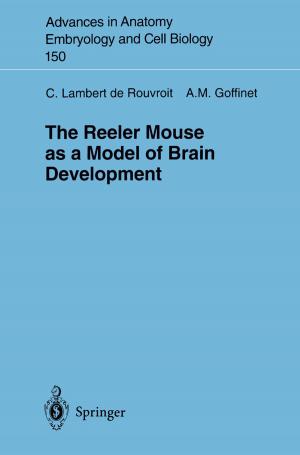Investigation and Stimulation of Immunity in Cancer Patients
Nonfiction, Health & Well Being, Medical| Author: | ISBN: | 9783642492846 | |
| Publisher: | Springer Berlin Heidelberg | Publication: | December 6, 2012 |
| Imprint: | Springer | Language: | English |
| Author: | |
| ISBN: | 9783642492846 |
| Publisher: | Springer Berlin Heidelberg |
| Publication: | December 6, 2012 |
| Imprint: | Springer |
| Language: | English |
G.MATHE Institut de Cancerologie et d'Immunogenetique (INSERM et Association Claude-Bernad), H6pital Paul-Brousse and Institute Gustave-Roussy, Villejuif 20 years ago, the main, if not only object of the cancer therapist was to effect complete surgical exeresis or radiotherapeutic destruction of a local tumor, or to obtain, by means of chemotherapy, an "apparently complete regression" of a local or disseminated neoplasia. Today it is realized that (a) at the time of the operation or radiotherapy, two patients in every three carrying an apparently localized tumor have a few cancer cells outside the area where the tumor seems localized; (b) when "apparently complete regression" or even an "apparently complete remission" is induced by chemotherapy, not all the neoplastic cells have been eradicated. In both cases an imperceptible residual neoplasm persists, the growth of which will in due course make it perceptible again, giving rise to metastasis or to a systemic or localized relapse. There is thus an urgent need for a new technique capable of killing the last cell or cells. Our experiments in mice on the effectiveness of active immunotherapy, which involves the manipulation of the immune machinery, have shown that this treatment is able to kill all the cells, down to the very last cell of a given leukemia, provided that the total number of cells does not exceed a few thousand [1, 2].
G.MATHE Institut de Cancerologie et d'Immunogenetique (INSERM et Association Claude-Bernad), H6pital Paul-Brousse and Institute Gustave-Roussy, Villejuif 20 years ago, the main, if not only object of the cancer therapist was to effect complete surgical exeresis or radiotherapeutic destruction of a local tumor, or to obtain, by means of chemotherapy, an "apparently complete regression" of a local or disseminated neoplasia. Today it is realized that (a) at the time of the operation or radiotherapy, two patients in every three carrying an apparently localized tumor have a few cancer cells outside the area where the tumor seems localized; (b) when "apparently complete regression" or even an "apparently complete remission" is induced by chemotherapy, not all the neoplastic cells have been eradicated. In both cases an imperceptible residual neoplasm persists, the growth of which will in due course make it perceptible again, giving rise to metastasis or to a systemic or localized relapse. There is thus an urgent need for a new technique capable of killing the last cell or cells. Our experiments in mice on the effectiveness of active immunotherapy, which involves the manipulation of the immune machinery, have shown that this treatment is able to kill all the cells, down to the very last cell of a given leukemia, provided that the total number of cells does not exceed a few thousand [1, 2].















